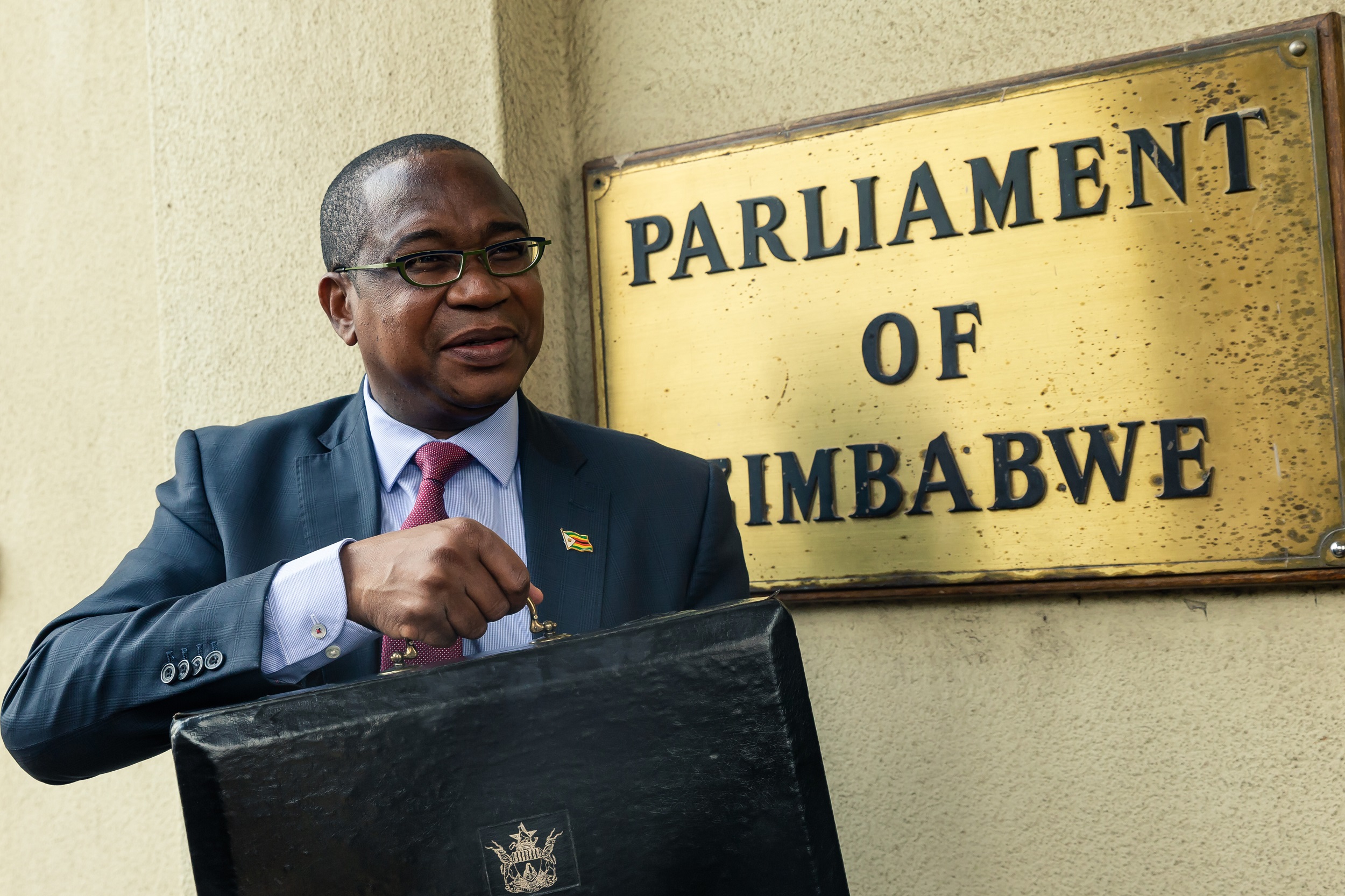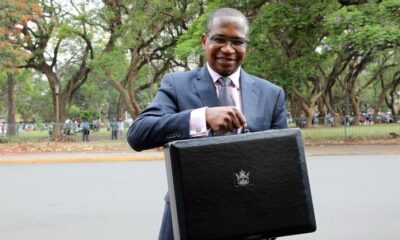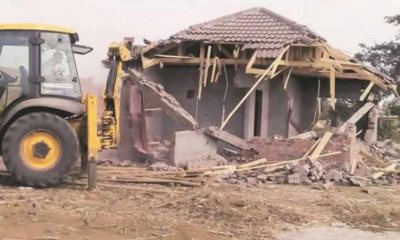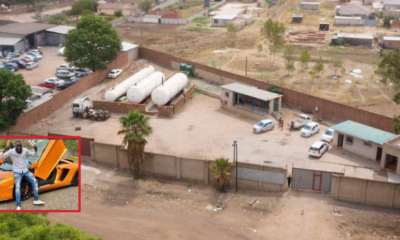ZIMBABWE’s low healthcare budget allocation will not be enough to support the country’s struggling public health system at a time hospitals are overwhelmed with rising Covid-19 infections while medical professionals are being disproportionately affected.
RONALD MUCHENJE
In its 2021 budget, Treasury allocated ZW$54.7 billion (about 13% of the national budget) to the Ministry of Health and Child Care (MoHCC).
But BMI Research said while this is an increase from the 10.1% allocated in 2020, it still falls short of the 15% target outlined in the Abuja declaration.
The per capita health allocation for 2021 is about US$45 up from about US$30 in 2020.
This is below the regional average healthcare expenditure per capita of US$87.
Medicine shortages and recurring strikes over pay and working conditions were common even before the Covid-19 pandemic and the country continues to rely heavily on external funding to finance healthcare, making the provision of health services unstable.
“Donors are projected to provide about USD496 million towards health in 2021, far more than what the government has allocated. Healthcare spending in Zimbabwe reached a value of USD2.5bn in 2020, which we expect to increase by 10.7% to reach USD2.7bn in 2021. By 2025, we forecast the sector will rise to a value of USD4.11bn, corresponding to a compound annual growth rate (CAGR) of 10.7%. Over the long term, we forecast the market will grow at a 10-year CAGR of 10.6% to yield a market size of USD6.7bn by 2030,” said BMI.
The national budget was announced at a time when the country had achieved some measure of stability on the foreign exchange markets, thereby providing an important basis for growing the economy.
However, Zimbabwe continues to face hyperinflation and the socio-economic environment remains challenging, for example the incidence of extreme poverty increased from 29% in 2018 to 34% by the end of 2019. This is expected to worsen on account of the Covid-19 pandemic.
“Zimbabwe’s hospitals are overwhelmed with rising Covid-19 infections. The Zimbabwean Association of Doctors for Human Rights (ZADHR) says the country’s hospitals are unable to deal with an increased demand for admissions. The number of daily Covid-19 confirmed cases has risen sharply from the start of the New Year, increasing from 172 cases on January 1 2021 to 924 cases on January 11 2021. However, the true number could be much higher as the testing capacity in the country is low at 0.2 per 1 000 people per day as of January 8 2021,” said BMI.
ZADHR has also raised concern over a spike in infections among frontline workers.
Nearly 1 000 frontline workers have been infected by Covid-19 in Zimbabwe due to lack of personal protective equipment.
The testing positive of many frontline workers is seen having a knock-on effect by lowering healthcare worker capacity in an already stretched system.
A continued lack of funding has also kept intensive care unit and ventilator capacity low, with Harare having only 30 ICU beds.





















